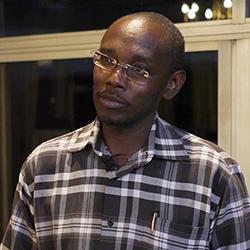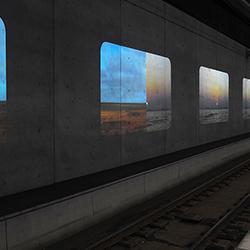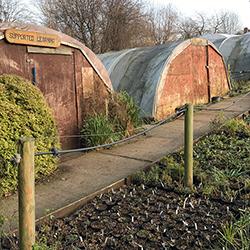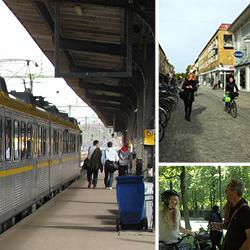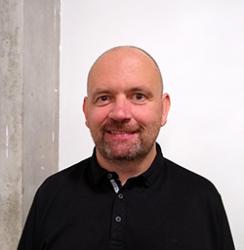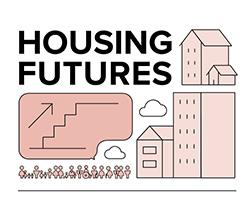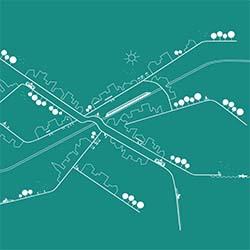Urban Station Communities
A lot has happened within the Urban Station Communities project in 2017 and exiting things are starting up. The SamSam – Co-creative urban planning for energy-efficient and sustainable urban station communities project has started and the project Sustainable and attractive station communities, which has been working on land use and testing local travel and transport services in Lerum and Nödinge, will soon be concluded.
Hello Anna Gustafsson!
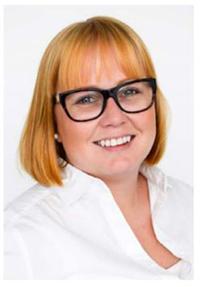
You are a regional planner at GR Department of Environment and Regional development and in the course of the year you took over the role of process manager for “Urban Station Communities” from Amie Ramstedt. What is the most important thing that has happened in “Urban Station Communities” this year? What will happen next year?
"We have had several enjoyable and rewarding activities, but the highlight was perhaps the start of a major new project – SamSam – which is described in further detail below. Only a few weeks ago Vinnova approved a project on good acoustic environments in communities close to stations, for which RISE Research Institutes of Sweden is responsible. In other words there are a lot of exciting developments in the pipeline! During the spring we will be working together with the municipality of Varberg, which is in the early stages of the development of a new station area in Väröbacka. Anyone who would like to find out more about this can contact me!"
SamSam – Co-creative urban planning for energy-efficient and sustainable urban station communities
During the year a major new project was launched within “Urban Station Communities”, under the name “Co-creative urban planning for energy-efficient and sustainable urban station communities”. The project manager is Tony Svensson at KTH Royal Institute of Technology.
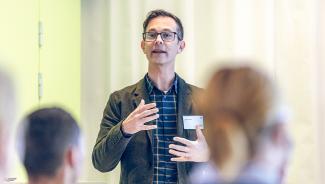
“We will investigate how to jointly create attractive transport systems and living environments by focusing on the development of station communities. What types of urban forms and specific conditions for station communities need to be developed? What are the opportunities and limitations of using planning as a means? What models, tools and methods does planning need to work better?” says Svensson.
Researchers from KTH Royal Institute of Technology, the University of Gothenburg, Chalmers University of Technology and Luleå University of Technology are working on the project together with officials from Region Västra Götaland, the municipalities of Borås, Härryda and Stenungsund and further municipalities along two railway corridors in Västra Götaland.
GR is supporting the project through its coordinating role in the Mistra Urban Futures process Urban Station Communities. It was also through Urban Station Communities that the idea for the project was initially conceived. Part of the co-creation has involved the development of project descriptions for each case study in a collaboration between researchers and planners.
“The co-creation actually began two years ago in the process of seeking funding for the project, when the project’s purpose, aims and issues were jointly shaped by the participating parties. In that sense this project is really co-creation from square one,” Svensson explains.
Practical work on the project began during the year; this included regional mapping to highlight spatial patterns and relationships in terms of the conditions of life in small and medium-sized station communities some distance from Gothenburg – what values and qualities do these communities have that make them attractive? What are the limitations and opportunities for strengthening these sites and the surrounding area? The project has the ambition to enhance the knowledge, methods and tools available to planners, decision-makers, researchers and teachers as to how to achieve more energy-efficient and sustainable urban and regional development by using station communities as a starting point.
“We would like to know more about both the physical characteristics a sustainable station community should have, and the conditions required to operate better planning processes. And of course, in the future we want this knowledge to be used so that planning actually results in implementation in which urban development becomes more energy-efficient and sustainable. The potential is there!” Svensson concludes.
Sustainable and Attractive Station Communities
The project “Sustainable and attractive station communities”, which has been working on land use and testing local travel and transport services in Lerum and Nödinge, will soon be concluded. Part of the project involved the submission of proposals on how to make parking more efficient and share it between different categories of users and how to reduce the need for parking spaces if the need for mobility is satisfied by new services. The municipalities are pleased with the parking tool, and the process of creating a shared vision and gaining knowledge about potential approaches has been at least as valuable as the tool itself. For example, the municipality of Lerum has been able to almost halve the number of parking spaces through co-location and local travel and transport services.
About Urban Station Communities
What: Urban Station Communities – the way to resource-efficient travel. A knowledge process aimed at increasing knowledge about the complexities of planning close to stations and creating the basis for the development of station communities.
When: Project period: 2012-2019
Partner: These include GR and the municipalities of Ale, Alingsås, Borås, Göteborg, Härryda, Kungälv, Lerum, Partille, Stenungsund, Trollhättan and Varberg.
Read more here
2017 Annual report from the Göteborg Region Association of Local Authorities (GR)
Why is it important for municipalities to engage in a research and knowledge center such as Mistra Urban Futures? The latest annual report from the Göteborg Region Association of Local Authorities (GR) answers this question. GR is one of the center's consortium partners in Gothenburg and was also one of the organizations that initiated the Centre. This article about the Urban Station Communities is part of the annual report, find it here.

